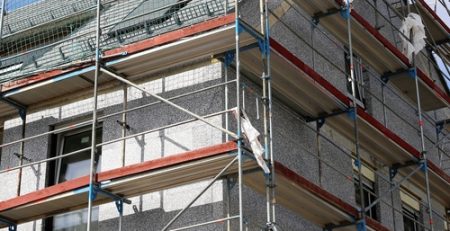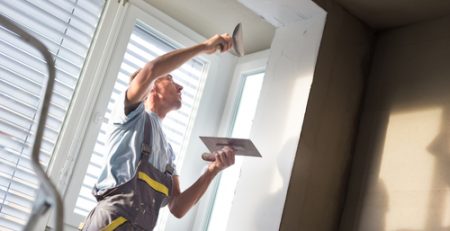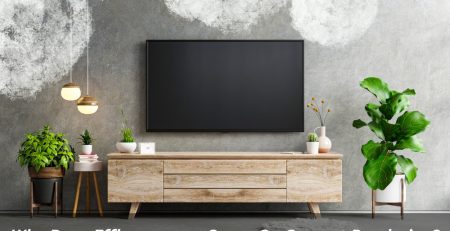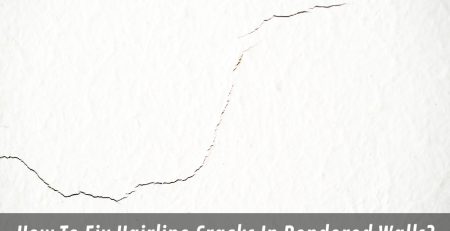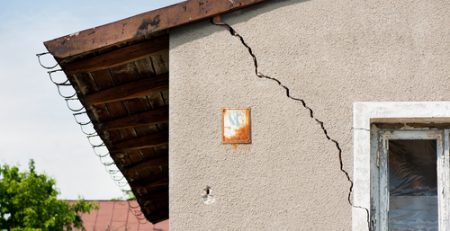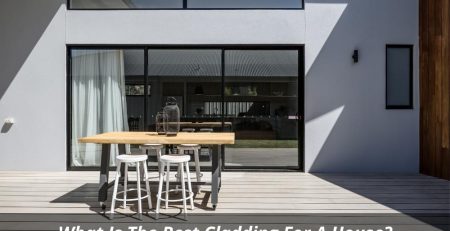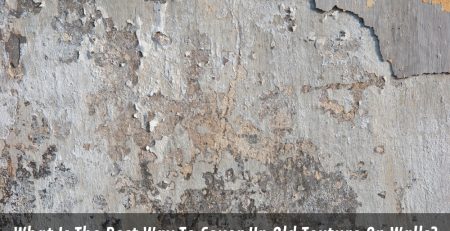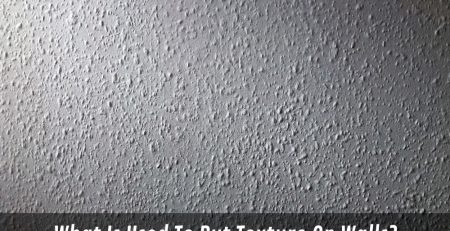What Is Textured Exterior Paint?
Are ever wondered What is texture coating? Textured exterior paint is a great way to add depth and character to your home without spending too much time or money. They come in various finishes, from matte to glossy, and they’re perfect for adding texture coating to walls, ceilings, trim, doors, windows, and furniture.
Textured exterior paints are also known as semi-gloss or semigloss. They provide a smooth finish, similar to gloss, but offer a bit more subtlety. Semi-gloss exterior paint comes in a variety of colours and textures.
The main difference between these two types of paint is their sheen level. Glossy paint has a higher shine, whereas semi-gloss paint offers a softer look.
Textured exterior paints are ideal for creating a unique appearance in your home. Whether you want to create a rustic country vibe or a modern industrial design, textured exterior paints can give you the look you desire. This type of paint will be easy to apply, while still providing an impressive finish.
If you’re looking to spruce up some of the items on your property, textured exterior paints may be just what you need. These paints aren’t meant to last forever; however, you’ll enjoy how well they wear over time. You won’t have to worry about them cracking or peeling off since these paints have special ingredients that prevent this from happening.
A few things to consider when choosing which textured exterior paints to use include: the colour, the product’s brand name, and the features offered by each brand. The most important factor when selecting exterior paints is the quality of the material used in making them.
In addition, don’t forget about the colour of your external walls painted or other surfaces that you plan to paint. Some brands have specialty products that match specific surfaces, so it’s always best to do your research before purchasing any paint. Also, make sure that the texture you choose is appropriate for the surface you intend to paint. For example, if you live near water, it would make sense to select a textured exterior paint with sandblasting technology, as this type of coating system is designed to withstand harsh conditions.
Selecting the right exterior paint isn’t all that difficult. If you’re in search of something durable and long-lasting, then look no further than textured exterior paints.
It only takes a quick online search to find out that these products are widely available at local stores and big box retailers alike. If you’re worried about cost, take advantage of the many discount coupons available on the web. You might even try shopping around to see if you can get better deals elsewhere.
There are several different ways that you can go about applying textured exterior paint. One method uses a sprayer gun to blast the paint onto your home’s exterior. A second option involves using rollers to apply the paint to your house.
There is also a third option that combines both methods, allowing you to quickly apply the paint while also ensuring that it adheres properly to the wall. Whatever application method you decide upon, make sure that you follow the manufacturer’s instructions closely. With proper care, you shouldn’t experience any problems with the paint.
You should also pay close attention to the materials used within the texture coatings’ formulas. Depending on the paint brand being used, the texture coatings typically contain pigments that come from minerals found naturally in rocks.
However, there are certain ingredients that are added to enhance the properties of the final product. Such enhancements are usually based on the finished appearance that was desired. Additionally, some brands contain additives that help protect against UV damage.
When it comes to maintaining the integrity of your textured exterior paint, it doesn’t matter whether you opt to purchase one-gallon cans or three quarts containers. Just keep in mind the fact that the products should be stored away from heat sources such as radiators, furnaces, and stoves. This will prevent the paint from drying prematurely or becoming damaged due to exposure to extreme temperatures.
Paint finishes range tremendously in terms of price and performance. While some people spend hundreds of dollars per year on their paint finish, others settle for anything that looks good enough.
Fortunately, there are plenty of options available to those who want high-quality paint without spending an arm and a leg. Here we’ll share what you need to know about the various types of finishes available, including acrylics texture coatings, enamels and more.
An exterior paint job should last for years, but there are a number of exterior factors that can cause it to chip, peel, flake, crack, or fade over time. You may not notice any issues unless you regularly inspect the workmanship of your contractor, and use a quality primer or other maintenance to prevent premature aging.
How long will it last?
Exterior paint lasts anywhere between two to five years. The average lifespan of an exterior paint job is approximately 3-4 years. This means that you’ll have to repaint every few years depending on how much wear and tear your home experiences.
The best way to extend the life of your paint is by making sure that it’s applied correctly. Professional painters will ensure that they adhere to industry standards when applying the paint, which includes following the manufacturer’s guidelines for preparation, sanding, priming, and painting techniques.
They will also choose the correct type of paint for the conditions outside of your home, meaning that they will select a semi-gloss or glossy finish rather than matte paint for areas where water tends to collect.
If you take good care of your exterior paint job and maintain it well, you can expect it to last as long as ten years, if not longer. If you’re looking for great value, consider getting a professional paint job done instead of doing it yourself. It will save you money in the long run because you won’t have to buy new paint every couple of years.
Acrylic paints are ideal for beginners because they’re easy to mix and apply. Acrylics dry fast, so they provide a smooth surface for stencilling designs. They can withstand temperature extremes, making them perfect for outdoor projects. On the downside, acrylics often require multiple coats, and they don’t cover very well.
For a classic look, try using a flat brush to apply latex paint. Flat brushes are made with soft bristles, which makes them easier to control.
They come in different sizes and styles, so you can find one that works best for you. When choosing a colour, make sure to get a rich shade that will stand out against the white siding. To help achieve this effect, add a little bit of yellow or orange to the mixture.
Does it stain well?
It all depends on what kind of material you use to create your design. If you want to keep it simple, then stick to plain colours such as white or off-white. You could go bolder with bright red or deep blue, but you’ll need to test out different shades before committing to any particular colour.
There are some exceptions though: if you want to make your project more durable, then you should consider adding a layer of polyurethane sealant over the top. Polyurethanes are generally used for interior surfaces while exterior applications tend to use based coat polymers. However, there are other types of polymers available for exterior uses, including high-performance polymers and acrylics.
Where can I get textured exterior paint?
Most home improvement stores carry a wide range of textured finishes, although you may have to purchase them through an outside contractor. Some examples include:
- Wood Grain
- Stone
- Sanded Brick
- Stucco
- Textured Concrete Ceiling
- Texture Coatings
How much does textured exterior paint cost?
The price of textured exterior paint varies depending on where you live and how large your project is. In general, the higher quality products (such as those sold at home improvement stores) are going to be more expensive than lower-end options. Keep in mind that you’ll likely need several coats to complete your project, so you’ll be paying for each application separately.
When it comes time to remove the old paint, start by scraping away any loose residue and dirt. Use a putty knife or stiff bristle brush to carefully work the paint into small pieces. Don’t worry about getting every last shred; once the surface has been thoroughly cleaned, reapply a light coat of primer. This step helps ensure that the new paint sticks properly.
If you’re painting a wall that’s exposed to the elements, you’ll probably want to protect it with either water-resistant or outdoor-rated paint. Water-resistant paints will repel moisture and prevent damage caused by humidity and condensation. Outdoor-rated paints are designed specifically for exterior applications and provide protection against fading and cracking. Look for the rating label when purchasing your paint.
When applying texture, remember to apply extra care to areas close to windows and doors. These spots are usually the first to show signs of wear from exposure to sunlight and weather conditions.
Exterior home improvements are one of the most popular projects people undertake. The good news is they don’t require a lot of skill or expertise, but rather just a little bit of planning, preparation and patience.


